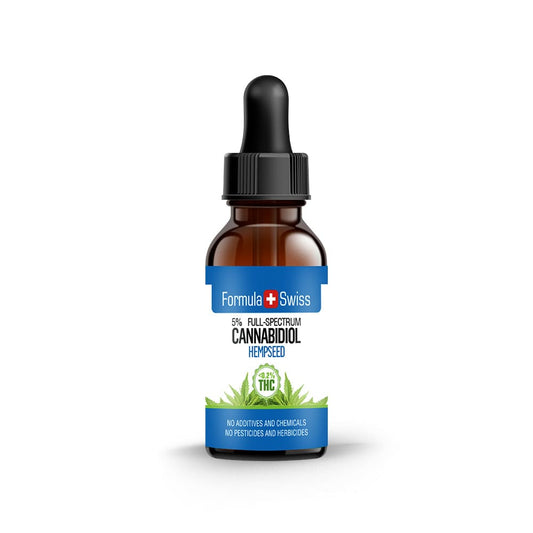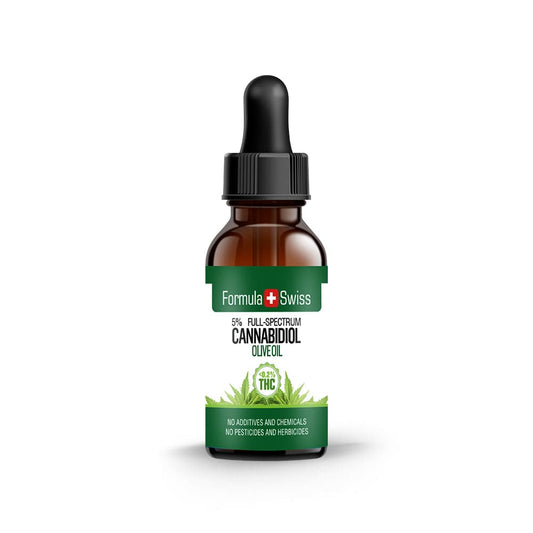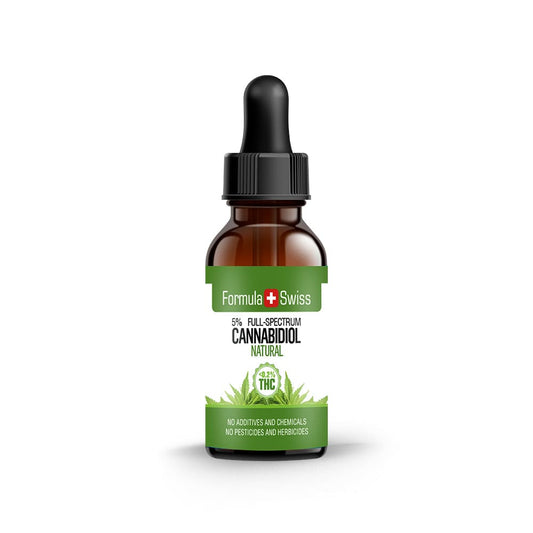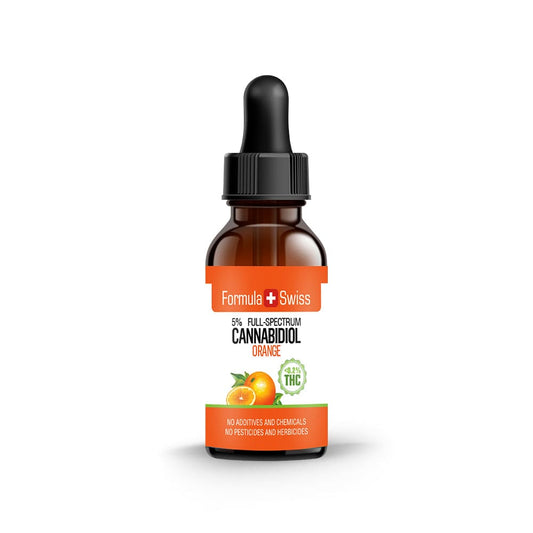What is Cannabis ruderalis? Cannabis ruderalis is a subspecies of the Cannabis plant family, known for its unique characteristics and uses. It is often overshadowed by its more well-known counterparts, Cannabis sativa and Cannabis indica.
The history and origin of Cannabis ruderalis can be traced back to the regions of Central Asia, specifically Russia and Siberia. This subspecies evolved in harsh climates and developed distinctive traits that set it apart from other Cannabis varieties.
When it comes to its characteristics, Cannabis ruderalis differs in various aspects. Firstly, its appearance and growth patterns differ significantly, with a smaller stature and shorter flowering time compared to Sativa and Indica.
Cannabis ruderalis tends to have lower levels of THC and CBD, the two major cannabinoids found in Cannabis plants. However, one of its unique features is the ability to autoflower, meaning it transitions from vegetative growth to flowering automatically, regardless of light exposure.
Key takeaway:
- Cannabis ruderalis is a distinct and lesser-known cannabis subspecies of cannabis with unique characteristics and origins.
- Cannabis ruderalis has different growth patterns and cannabinoid levels: It has a distinct appearance and growth pattern, with lower THC and CBD levels compared to Cannabis sativa and Indica.
- Cannabis ruderalis is valued for various uses: It is used industrially, medicinally, and recreationally, offering a wide range of benefits and applications.
What is Cannabis ruderalis?
Cannabis ruderalis is a unique species of cannabis that is less known compared to Cannabis sativa and Cannabis indica. What is Cannabis ruderalis? Here are some key facts about Cannabis ruderalis:
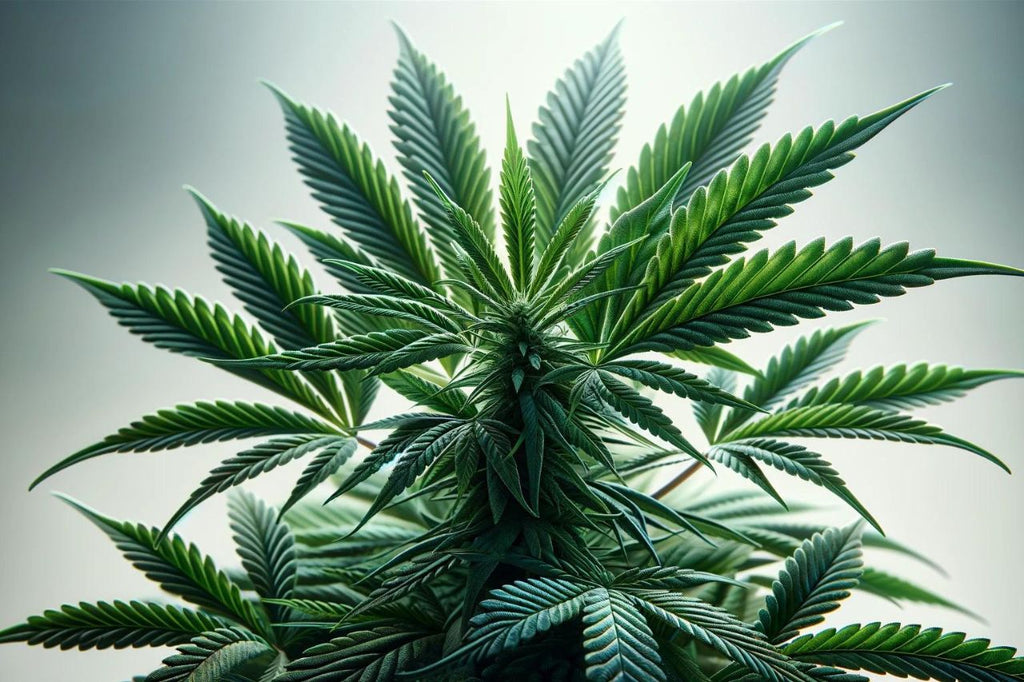 Origin
Origin
Cannabis ruderalis originates from regions with harsh climates, such as Siberia, Russia, and Eastern Europe. It is known for its ability to adapt and grow in colder environments.
Characteristics
Cannabis ruderalis typically grows shorter in height compared to other cannabis species. It has narrow leaves, and its overall appearance is less bushy. The plants often have a shorter flowering period, which is a distinctive trait.
Auto-flowering
One of the most fascinating aspects of Cannabis ruderalis is its auto-flowering trait. This means that the plant will enter the flowering stage without relying on specific light conditions. Instead, it relies on its internal clock, making it ideal for outdoor cultivation in regions with shorter summers.
CBD dominance
In terms of cannabinoid composition, Cannabis ruderalis is often found to be dominant in CBD (cannabidiol) rather than THC (tetrahydrocannabinol). CBD is known for its potential therapeutic properties and is sought after for its various health benefits.
Crossbreeding
Breeders have found value in incorporating Cannabis ruderalis into their breeding programs. By crossbreeding Ruderalis with Sativa or Indica varieties, they can create strains that possess both auto-flowering traits and desired cannabinoid profiles.
Medicinal potential
Due to its high CBD content, Cannabis ruderalis holds potential for medicinal use. CBD has been studied for its anti-inflammatory, analgesic, and anxiolytic properties. Furthermore, the unique traits of Ruderalis, such as its hardiness, can make it a valuable asset for crop breeding and cultivation.
Taking all these factors into consideration, Cannabis ruderalis offers unique attributes that differentiate it from other cannabis species. Its adaptability to harsh climates, auto-flowering ability, and CBD dominance make it an interesting option for breeders and those seeking potential therapeutic benefits.
To explore more about Cannabis ruderalis, it is recommended to engage with experts in the field, stay updated on the latest research, and consult with knowledgeable individuals or organizations who can provide additional information and guidance.
History and origin of Cannabis ruderalis
Cannabis ruderalis, often overshadowed by its more well-known counterparts Cannabis sativa and Cannabis indica, is a cannabis species with its own distinct features and potential uses. Exploring the history and origin of Cannabis ruderalis can provide valuable insights into its unique characteristics.
Believed to have originated in eastern Europe, specifically in regions like Russia, Ukraine, and Kazakhstan, Cannabis ruderalis has evolved to thrive in harsh climates and short growing seasons found in these areas.
 Over time, Cannabis ruderalis has developed special traits that set it apart from other cannabis species. Its most notable characteristic is its autoflowering ability, meaning it doesn't rely on photoperiod to initiate flowering. This evolutionary adaptation allows it to flourish even in regions with limited sunlight.
Over time, Cannabis ruderalis has developed special traits that set it apart from other cannabis species. Its most notable characteristic is its autoflowering ability, meaning it doesn't rely on photoperiod to initiate flowering. This evolutionary adaptation allows it to flourish even in regions with limited sunlight.
Cannabis ruderalis has played a crucial role in the development of modern hybrid cannabis strains due to its autoflowering trait. By crossbreeding with Cannabis sativa and Cannabis indica, breeders have been able to introduce the autoflowering trait into new varieties, resulting in what we now know as "autoflowering" or "auto" strains.
One distinguishing feature of Cannabis ruderalis is its relatively low levels of THC, the psychoactive compound found in cannabis. While Cannabis sativa and indica strains can contain THC levels ranging from 15% to 25%.
Which cannabinoids produce a psychoactive effect?
Cannabis ruderalis typically has THC levels under 5%. Although it is less sought after for recreational use, its low THC content makes it potentially valuable for medicinal and industrial purposes.
Due to its hardiness and short growing cycle, Cannabis ruderalis has found applications in various industries. Its fibrous stalks can be used for manufacturing textiles, ropes, and even biofuels. Additionally, its low THC content makes it a suitable source for producing CBD oil, a non-psychoactive compound with potential therapeutic benefits.
Characteristics of Cannabis ruderalis
When it comes to cannabis enthusiasts, understanding the characteristics of Cannabis ruderalis is essential. In this section, we'll dive into what sets Cannabis ruderalis apart from other cannabis strains.
From its distinctive appearance and growth patterns to its THC and CBD levels, we'll uncover the unique features that make Cannabis ruderalis stand out. Additionally, we'll explore its remarkable autoflowering ability and how it impacts its cultivation.
Appearance and growth patterns
When it comes to the appearance and growth patterns of Cannabis ruderalis, there are several distinct characteristics that set it apart from other cannabis varieties.
- Size: Cannabis ruderalis plants are generally smaller in size compared to Cannabis sativa or Cannabis indica. They typically grow to a height of 1 to 2 feet, making them suitable for outdoor cultivation in small spaces.
- Structure: These plants have a bushy and compact structure with multiple branches. The leaves are typically broad and have 7 to 9 serrated leaflets.
- Flowering time: Unlike other cannabis varieties that rely on changes in light cycles to initiate flowering, Ruderalis plants automatically transition from the vegetative stage to the flowering stage based on age. This means that Ruderalis plants have a shorter flowering time compared to Sativa and Indica strains.
- Flowers: The flowers of Cannabis ruderalis are less densely packed compared to other cannabis varieties. They tend to be smaller in size and have a less pronounced aroma.
- THC and CBD levels: Cannabis ruderalis is known for its relatively low levels of THC (tetrahydrocannabinol) and CBD (cannabidiol). THC levels are typically around 1-2%, while CBD levels can range from 0.1% to 0.6%. This makes Ruderalis less psychoactive compared to Sativa and Indica strains.
- Hardiness: Cannabis ruderalis is known for its resilience and ability to withstand harsh and colder climates. It has adapted to grow in regions with short summers, where the growing season is limited.
Considering the appearance and growth patterns of Cannabis ruderalis can be crucial if you are planning to cultivate this variety for specific purposes. Its compact size, autoflowering ability, and resilience make it suitable for outdoor cultivation even in challenging environments.
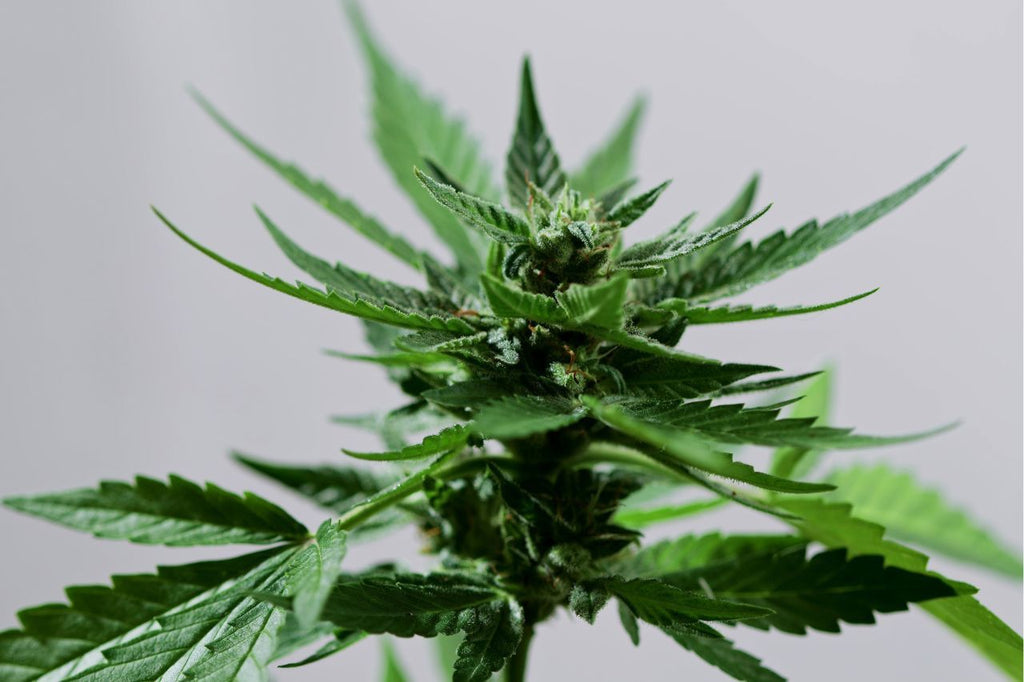 However, it's important to note that Ruderalis plants generally have lower THC and CBD levels, so they may not be ideal for those seeking potent psychoactive effects or high CBD content.
However, it's important to note that Ruderalis plants generally have lower THC and CBD levels, so they may not be ideal for those seeking potent psychoactive effects or high CBD content.
If you are interested in exploring the possibilities of Cannabis ruderalis, it's recommended to consider how its unique characteristics align with your cultivation goals and preferences. Whether you are looking for a compact and low-maintenance option or want to experiment with the autoflowering trait, Ruderalis can offer a distinctive experience.
THC and CBD levels
To comprehend the potency and impacts of Cannabis ruderalis, a thorough examination of its THC and CBD levels is crucial. THC, or delta-9-tetrahydrocannabinol, is the active component responsible for the intoxicating sensation associated with cannabis. CBD on the other hand, is a non-intoxicating compound renowned for its potential therapeutic advantages.
According to studies, Cannabis ruderalis generally contains lower levels of THC compared to Cannabis sativa and Indica varieties. On average, Ruderalis strains have THC levels ranging from 1% to 4%, indicating a milder psychoactive effect.
In contrast, CBD levels in Cannabis ruderalis can be relatively higher, ranging from 1% to 6%. This elevated CBD content contributes to the medicinal properties of Ruderalis strains, known for their anti-inflammatory, analgesic, and anxiolytic effects. Consequently, Ruderalis strains have gained popularity for their therapeutic applications.
In recent years, breeders have been diligently working on hybridization and selective breeding to increase the THC content in Ruderalis strains. Consequently, Ruderalis hybrids with higher THC levels have emerged while still retaining their autoflowering characteristics.
Autoflowering ability
The autoflowering ability of Cannabis ruderalis is one of its defining characteristics. This unique trait enables the plant to automatically transition from the vegetative stage to the flowering stage, disregarding changes in light cycles.
To comprehend the autoflowering ability of Cannabis ruderalis, let's refer to the following table:
| Plant Stage | Duration | Autoflowering ability |
| Vegetative | 2-4 weeks | Not influenced by light cycles |
| Flowering | 6-8 weeks | Automatically initiates flowering |
As highlighted in the table, Cannabis ruderalis has a brief vegetative stage lasting approximately 2-4 weeks. During this stage, the plant develops leaves and branches, preparing itself for the flowering phase.
Once the vegetative stage concludes, Cannabis ruderalis enters the flowering stage, which spans approximately 6-8 weeks. The outstanding autoflowering ability of this plant enables it to effortlessly shift to the flowering stage, irrespective of changes in light cycles.
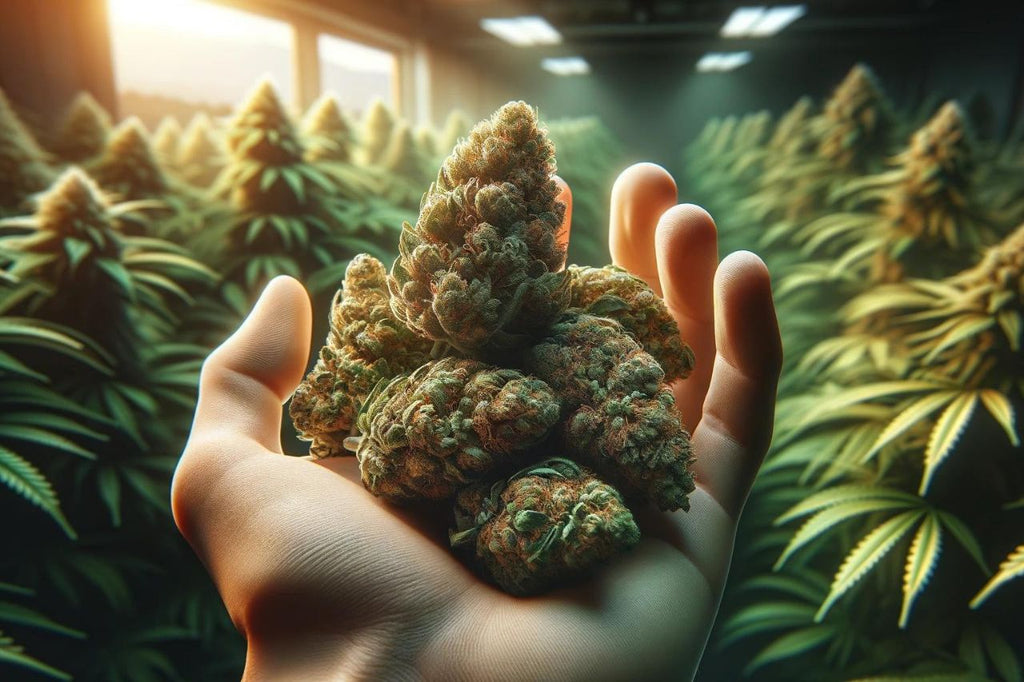
This remarkable autoflowering ability is an adaptation of the plant's genetics to endure harsh environments with short summers and limited sunlight. By possessing this trait, Cannabis ruderalis ensures its survival by swiftly completing its life cycle and producing seeds.
Autoflowering strains derived from Cannabis ruderalis have gained popularity among cultivators due to their unique growth patterns. These strains can be cultivated year-round, both indoors and outdoors, without the need for strict light control.
Furthermore, the autoflowering ability of Cannabis ruderalis facilitates multiple harvests within a single growing season. This appealing aspect makes it an attractive option for cultivators seeking quick turnarounds and a continuous supply of cannabis.
Uses of Cannabis ruderalis
Cannabis ruderalis, known for its diverse properties, finds its usage in various fields. From industrial applications to medicinal and recreational purposes, this versatile plant offers a multitude of benefits.
Discover the wide-ranging possibilities of Cannabis ruderalis as we delve into its industrial, medicinal, and recreational uses. Uncover fascinating facts, figures, and real-life examples that showcase the immense potential this plant holds across different sectors. Get ready to explore the many dimensions of Cannabis ruderalis and its remarkable applications.
Industrial uses
Cannabis ruderalis, with its versatility and various industrial uses, is a valuable plant. Here is a table outlining some of its applications:
| Industrial uses | Description |
| Fibers | Cannabis ruderalis has strong and durable fibers that can be used in the production of textiles, ropes, and building materials. It is known for its resistance to mold, making it suitable for damp environments. |
| Biofuel | The biomass of Cannabis ruderalis can be converted into biofuels such as biodiesel and ethanol. The plant's fast growth rate and high cellulose content make it an efficient source for biofuel production. |
| Paper | The pulp from Cannabis ruderalis can be used to produce high-quality paper. The plant's fibers provide strength and durability to the paper products, making it suitable for various applications. |
| Building materials | The hurd, or inner woody core, of Cannabis ruderalis stems can be used to create eco-friendly building materials such as hempcrete. Hempcrete is a lightweight, insulating material that is both sustainable and fire-resistant. |
| Animal bedding | The stalks and fibers of Cannabis ruderalis can be processed into animal bedding. Its absorbency properties make it ideal for use in stables, poultry farms, and other animal housing facilities. |
These industrial uses demonstrate the value of Cannabis ruderalis as a valuable crop. Its fibers, biofuel potential, paper production capabilities, building materials, and animal bedding applications make it a sustainable and environmentally friendly choice for various industries.
 With its fast growth rate and ability to thrive in different environments, Cannabis ruderalis provides a viable alternative to traditional materials and fuels. Additionally, cultivating it for industrial purposes can contribute to the development of a more sustainable and eco-friendly economy.
With its fast growth rate and ability to thrive in different environments, Cannabis ruderalis provides a viable alternative to traditional materials and fuels. Additionally, cultivating it for industrial purposes can contribute to the development of a more sustainable and eco-friendly economy.
Medicinal uses
Explore a comprehensive table highlighting the diverse medicinal applications of Cannabis ruderalis.
| Medicinal use | Description |
| Pain relief | Cannabis ruderalis has analgesic properties that can help alleviate chronic pain conditions such as arthritis, fibromyalgia, and migraines. |
| Anxiety and depression | Individuals suffering from anxiety and depression disorders may find relief with Cannabis ruderalis. It can help promote relaxation and improve mood. |
| Anti-inflammatory | The anti-inflammatory properties of Cannabis ruderalis make it valuable in treating conditions like inflammatory bowel disease (IBD) and rheumatoid arthritis. |
| Neurological disorders | Cannabis ruderalis has shown promise in managing symptoms of neurological disorders such as multiple sclerosis (MS) and epilepsy. It may help reduce seizures and improve motor function. |
| Nausea and appetite stimulation | Patients undergoing chemotherapy or suffering from conditions that affect appetite can benefit from Cannabis ruderalis. It can alleviate nausea and stimulate appetite. |
| Sleep disorders | Individuals experiencing insomnia or other sleep disorders might find relief with Cannabis ruderalis. The relaxing effects can assist in promoting better sleep. |
| Topical applications for skin conditions | Cannabis ruderalis extracts can be used topically to treat skin conditions like eczema, psoriasis, and acne. Its anti-inflammatory and antimicrobial properties can help soothe and heal the skin. |
| Antioxidant benefits | The antioxidants present in Cannabis ruderalis can help protect the body against cell damage caused by free radicals, potentially reducing the risk of chronic diseases. |
These are some of the medicinal uses of Cannabis ruderalis. It is important to note that the effectiveness may vary for individuals, and it is always advisable to consult with a healthcare professional before using Cannabis ruderalis or any other alternative treatments.
 Recreational uses
Recreational uses
Cannabis ruderalis is not commonly used for recreational purposes due to its low THC content. When it comes to THC levels, Cannabis ruderalis typically falls below 1%, making it less potent compared to strains of Cannabis sativa and Indica.
While not sought after by recreational users, some may choose to incorporate Cannabis ruderalis into their cannabis experiences due to its unique effects and characteristics. An advantage of Cannabis ruderalis is its ability to autoflower, allowing for shorter growth periods and frequent harvests, ensuring a continuous supply of cannabis.
Cannabis ruderalis plays a significant role in breeding programs aimed at creating popular autoflowering strains that are favored by recreational growers. Although not directly sought out by recreational users, Cannabis ruderalis has contributed to the development of new and interesting cannabis varieties.
Recreational users who aim to explore the full spectrum of cannabis varieties can find enjoyment and novelty in experimenting with hybrids that incorporate Cannabis ruderalis.
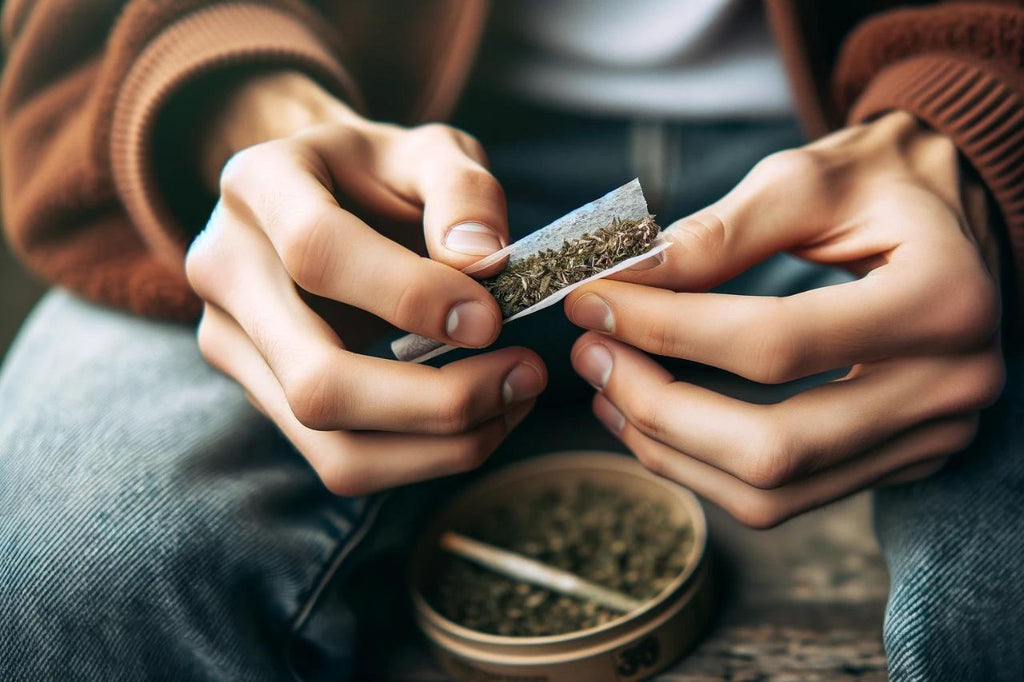
Differences between Cannabis ruderalis and Cannabis sativa/Indica
When it comes to cannabis, there are three main species: Cannabis sativa, Cannabis indica, and Cannabis ruderalis. While Sativa and Indica are well-known among cannabis enthusiasts, Cannabis ruderalis is often overlooked. Let's explore the differences between Cannabis ruderalis and Cannabis sativa/Indica.
| Parameter/Characteristic | Cannabis sativa | Cannabis ruderalis | Cannabis indica |
|---|---|---|---|
| Origin | Originally from Eastern Asia, now cultivated worldwide | Central Asia, particularly Russia | Indian subcontinent |
| Plant size | Tall, up to 3.6 metres or more | Short, typically 30-76 cm | Shorter than Sativa, usually around 60-120 cm |
| Leaves | Long, narrow leaves | Smaller, light green leaves | Broad, dark green leaves |
| Flowering cycle | Longer flowering cycle, sensitive to light cycle | Autoflowering, not dependent on light cycle | Shorter flowering cycle, sensitive to light cycle |
| THC content | Higher THC, lower CBD | Lower THC, variable CBD | Higher THC, moderate to high CBD |
| CBD content | Lower CBD | Variable, generally low | Higher CBD |
| Effects | More energising, cerebral effects | Less psychoactive, more industrial uses | More relaxing, sedative effects |
| Cultivation | Requires more light and space, longer growing season | Hardy, less maintenance, shorter growing season | Requires specific conditions, shorter growing season |
| Typical uses | Recreational, medicinal (for mood disorders, fatigue) | Industrial (hemp products), some medicinal uses | Medicinal (for pain, insomnia, stress) |
| Legal status | Varies by country, often regulated | Often less regulated due to low THC | Varies by country, often regulated |
In summary, Cannabis ruderalis differs from Sativa and Indica in terms of origin, size, THC content, flowering behavior, and genetic usage. It originated in Central and Eastern Europe and is characterized by its short stature.
Unlike Sativa and Indica strains, Cannabis ruderalis has a lower THC content and unique autoflowering characteristics. Additionally, it is adapted to harsh climates, making it suitable for cultivation in colder regions.
Legality and regulation of Cannabis ruderalis
When it comes to the Legality and Regulation of Cannabis ruderalis, it is important to understand the current laws and regulations in place. Here are some key points to consider:
- The legal status of Cannabis ruderalis varies from country to country. In some countries, it is completely legal, while in others, it is strictly prohibited. It is essential to research and understand the laws in your specific location to ensure compliance.
- In some jurisdictions, Cannabis ruderalis may be legally used for medical purposes. This means that individuals with certain medical conditions may be able to obtain a prescription and use Cannabis ruderalis under strict regulations.
- The recreational use of Cannabis ruderalis is illegal in many parts of the world. This means that using it for non-medical purposes can lead to legal consequences, including fines and imprisonment. It is crucial to abide by the laws and regulations in your area.
- In countries where Cannabis ruderalis is legal, there are often strict regulations and licensing requirements in place. These regulations aim to control the cultivation, distribution, and sale of Cannabis ruderalis. It is necessary to comply with these regulations if you intend to be involved in the industry.
- Even in jurisdictions where Cannabis ruderalis is legal, there are often restrictions on transportation and possession. For example, you may be allowed to cultivate and possess a certain amount of Cannabis ruderalis for personal use, but transporting larger quantities or selling it without proper authorization may still be illegal.
It is crucial that individuals interested in the Legality and Regulation of Cannabis ruderalis familiarize themselves with the specific laws and regulations of their region. Failure to comply with these regulations can result in legal consequences. Always stay informed and make sure to adhere to the laws to ensure a safe and legal experience with Cannabis ruderalis.

Breeding and hybridization with Cannabis ruderalis
Breeding and hybridization with Cannabis ruderalis opens up a world of possibilities in the world of cannabis cultivation. Discover the art of creating autoflowering strains and learn how to maximize the cannabinoid content for your desired effects.
Unleash your creativity and dive into the exciting realm of cannabis breeding, where science and horticulture combine to enhance the genetic potential of this extraordinary plant.
Creating autoflowering strains
Creating autoflowering strains of Cannabis ruderalis involves several steps to ensure successful hybridization and genetic adaptation. Here is a list of steps to follow:
- Selecting parent strains: Choose a Cannabis ruderalis strain with desirable characteristics such as autoflowering ability, growth patterns, and cannabinoid content. Choose another strain with desired features like flavor, potency, or yield.
- Breeding process: Cross-pollinate the selected Ruderalis plant with the chosen strain. This can be done through controlled pollination techniques such as hand pollination or using breeding chambers.
- Hybrid stabilization: Allow the resulting hybrids to develop and stabilize their genetic traits over successive generations. This process involves selecting and breeding plants with the desired autoflowering characteristics while eliminating those without it.
- Testing and selection: Test the offspring for autoflowering traits, growth patterns, cannabinoid content, and any other desired features. Select the best-performing plants for further breeding and cultivation.
- Continued breeding: Repeat the breeding process, selecting for autoflowering traits and other desired characteristics in each generation. This will further refine and stabilize the autoflowering strain.
- Seed production: Once a stable autoflowering strain is achieved, focus on producing seeds for distribution. This involves carefully collecting and storing seeds, ensuring high germination rates and genetic consistency.
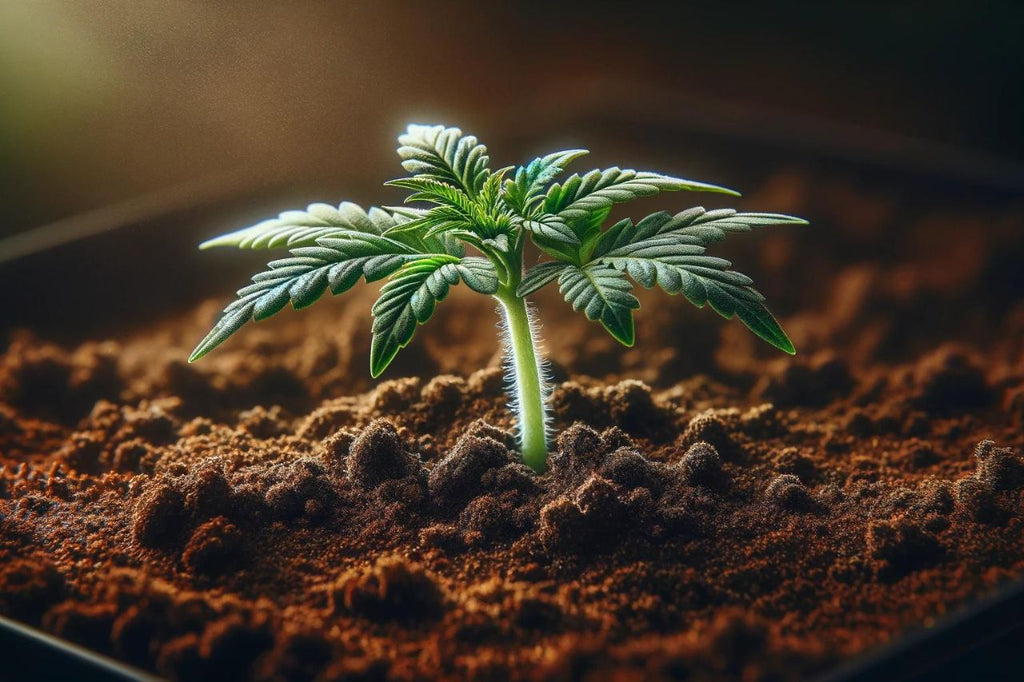 Creating autoflowering strains of Cannabis ruderalis requires patience, careful selection, and diligent breeding processes. By following these steps, breeders can develop strains that exhibit the unique autoflowering ability and desired traits. Experimentation and adaptation are key to creating new and innovative autoflowering cannabis varieties.
Creating autoflowering strains of Cannabis ruderalis requires patience, careful selection, and diligent breeding processes. By following these steps, breeders can develop strains that exhibit the unique autoflowering ability and desired traits. Experimentation and adaptation are key to creating new and innovative autoflowering cannabis varieties.
Maximizing cannabinoid content
To maximize the cannabinoid content in cannabis plants and achieve higher potential for cannabinoid production in subsequent generations, growers and breeders can employ various techniques and strategies. Here is a table outlining some effective methods:
| Method | Description |
|---|---|
| Genetic Selection | Start by choosing strains with naturally high cannabinoid levels. This serves as a foundation for increasing cannabinoid synthesis in future generations. |
| Light Intensity | Throughout the plant's growth cycle, ensure optimal light conditions with sufficient intensity and duration. Increased light intensity promotes heightened cannabinoid synthesis. |
| Nutrient Balance | Maintain a well-balanced nutrient regimen that provides the essential macro and micronutrients necessary for cannabinoid production. Avoid nutrient deficiencies or excesses, which can hinder cannabinoid synthesis. |
| Temperature Control | Maintain appropriate temperature ranges during different growth stages. Extreme temperatures, either too high or too low, can have negative effects on cannabinoid production. Optimal temperatures facilitate the enzymatic processes involved in cannabinoid synthesis. |
| Harvest Time | Harvest plants at the optimal time, typically when the trichomes have reached their peak cannabinoid content. Delaying the harvest can result in degradation of cannabinoids. |
| Post-Harvest Care | Properly dry and cure harvested cannabis to preserve and enhance cannabinoid levels. This process allows precursor compounds to break down into their active cannabinoid forms. |
Implementing these methods can assist in maximizing the cannabinoid content in cannabis plants. However, it's important to note that the specific effects may vary depending on the genetics of each strain and the environmental conditions in which the plants are grown.
Frequently asked questions
What is Cannabis ruderalis?
Cannabis ruderalis is a variety or species of Cannabis native to Central and Eastern Europe and Russia. It has a low quantity of the psychoactive compound tetrahydrocannabinol (THC). Some scholars consider it as its own species due to its unique traits and phenotypes, while others debate whether it is a subdivision under Cannabis sativa.
What are the origins of Cannabis ruderalis?
Cannabis ruderalis originated in Asia, Central and Eastern Europe, and Russia, where it grows as a weed. It is often used in Russian and Mongolian folk medicine and has been brought to Amsterdam for breeding programs.
What are the characteristics and uses of Cannabis ruderalis?
Cannabis ruderalis is smaller in size and reaches maturity much quicker than other Cannabis species. It has lower THC levels compared to other Cannabis species but is often high in cannabidiol (CBD). It is often used for strain creation, both for recreational and medicinal purposes.
What are some tips for growing autoflowering cannabis, including Cannabis ruderalis?
Some tips for growing autoflowering cannabis, including Cannabis ruderalis, are starting plants in their final pot, using a root stimulator, using light and airy soil, using a big-enough container, not overdoing it with water and nutrients, and watching out for pests
What can I find at the Hash Marihuana Hemp Museum regarding Cannabis ruderalis?
The Hash Marihuana Hemp Museum has live cannabis plants on display in Amsterdam and Barcelona, including Cannabis ruderalis. You can visit the museum to learn more about its botany, history, and medicinal applications.



